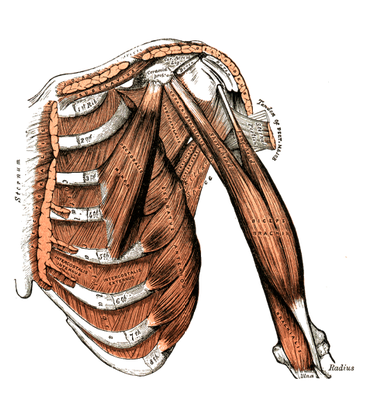
This time I had a different strategy: address the tension in my neck and pectoralis minor.
Due to the attachment on the coracoid process of the scapula, tension in the pec can pull the scapula forward lifting the bottom edge away from the body, potentially creating dysfunction for the entire shoulder girdle.
I was inspired by Jill Miller's YogaTune Up® Blog on the pec minor. So I share with you pics from my 2 minutes of myofascial work with a tennis ball, and "bam" no more pain! I used a tennis ball for this, but I recommend the high grip rubber of the Yoga Tune Up massage balls.
| | |

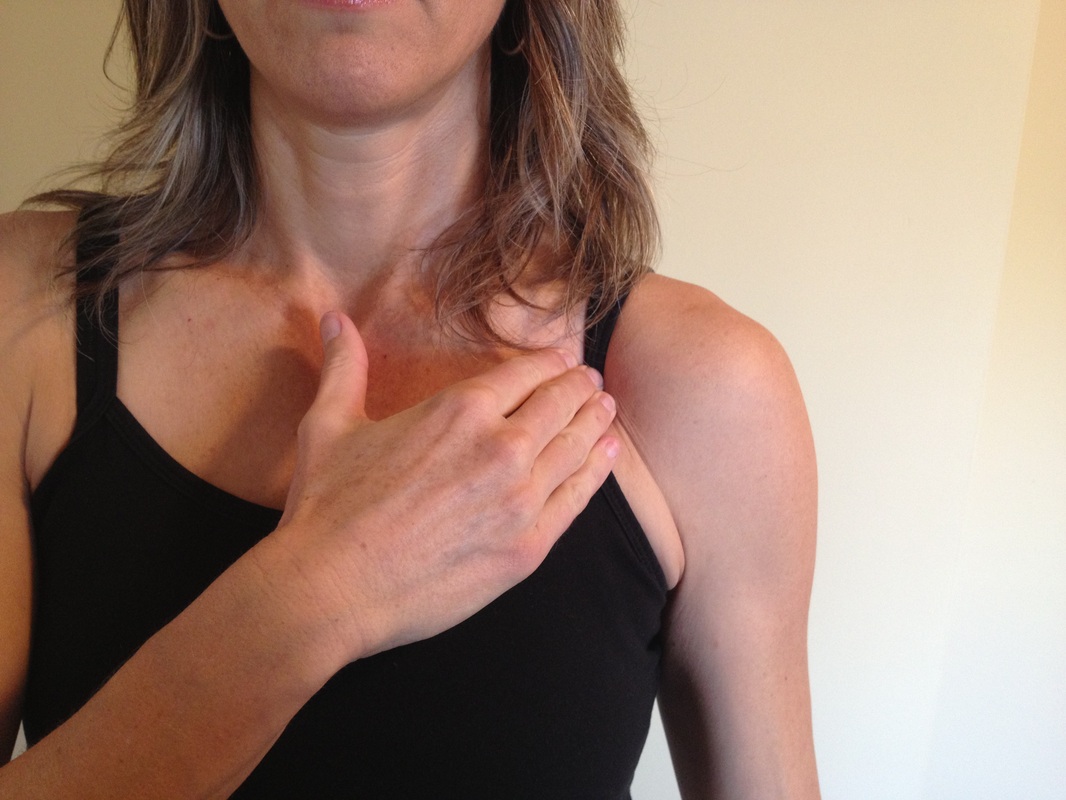
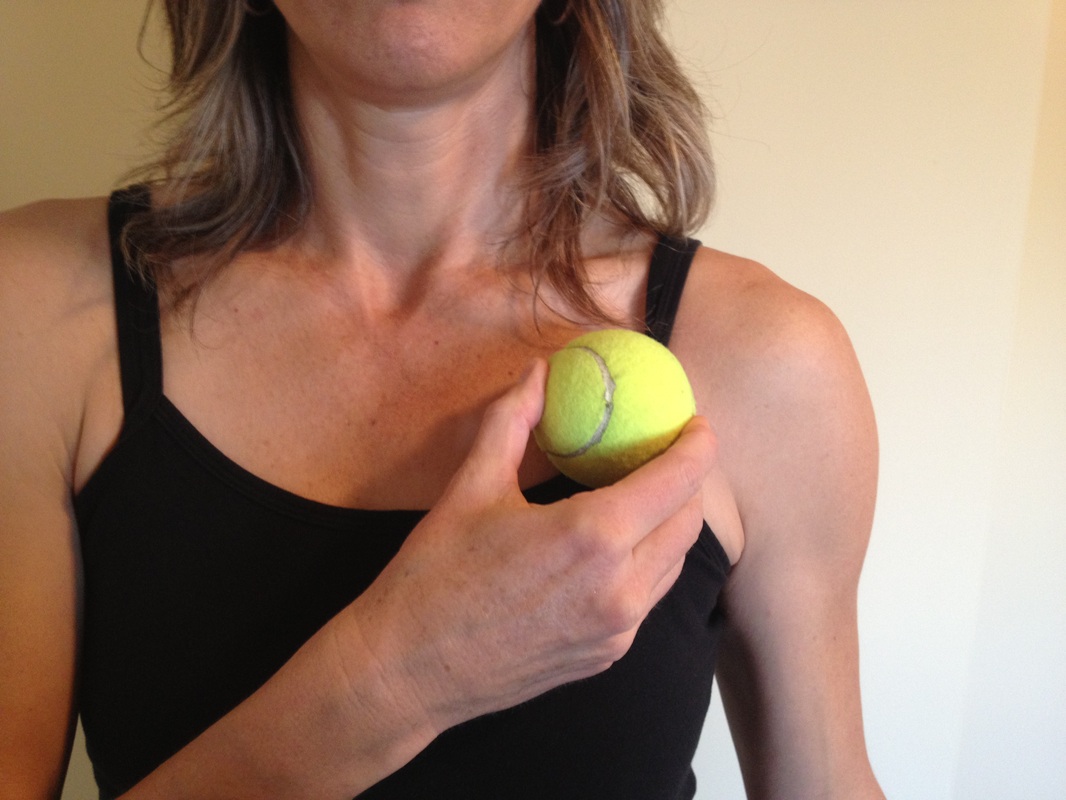
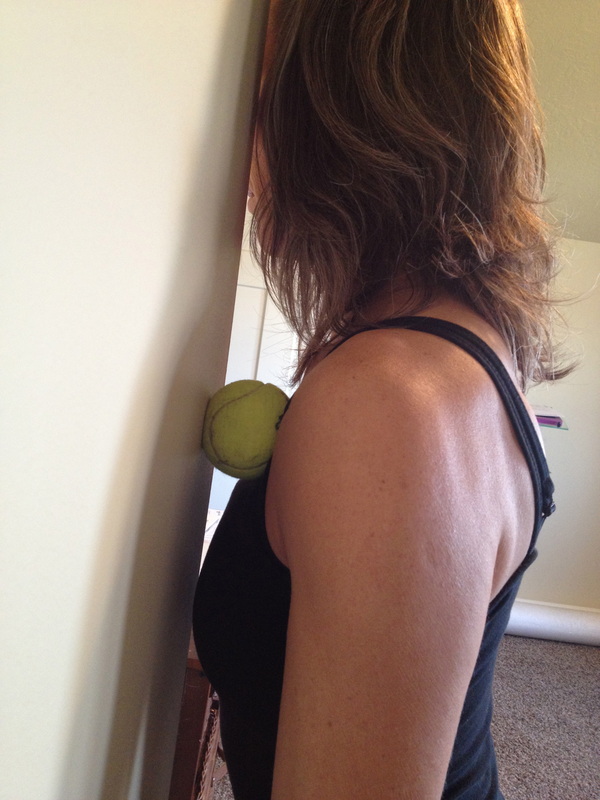
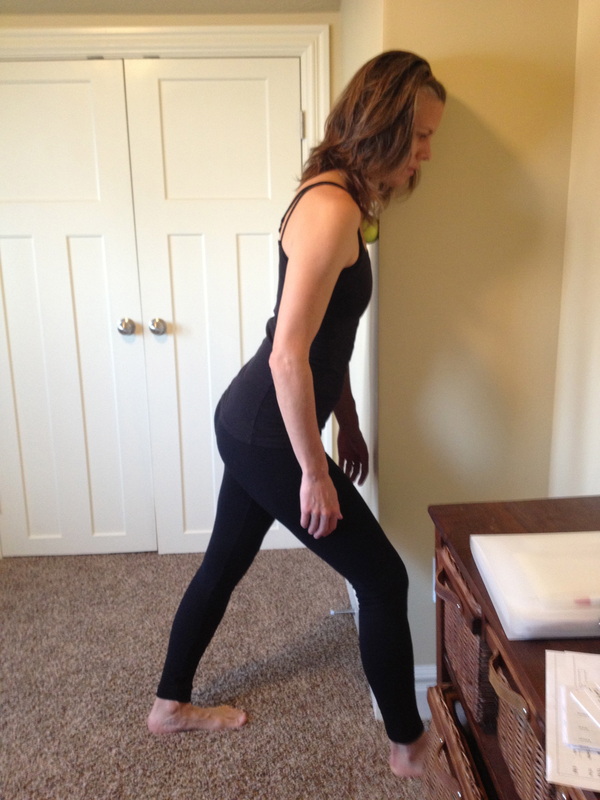
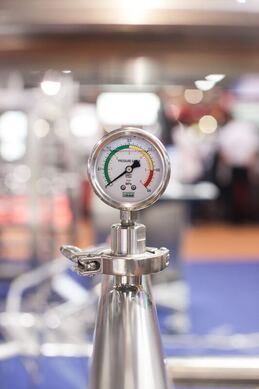








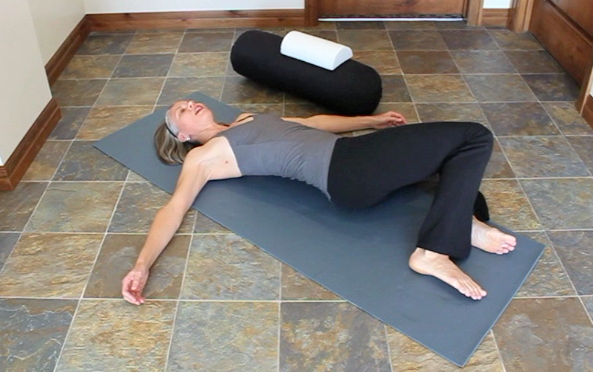
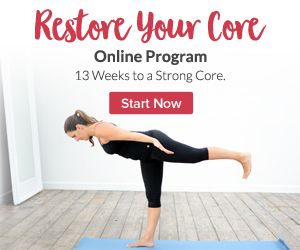


 RSS Feed
RSS Feed